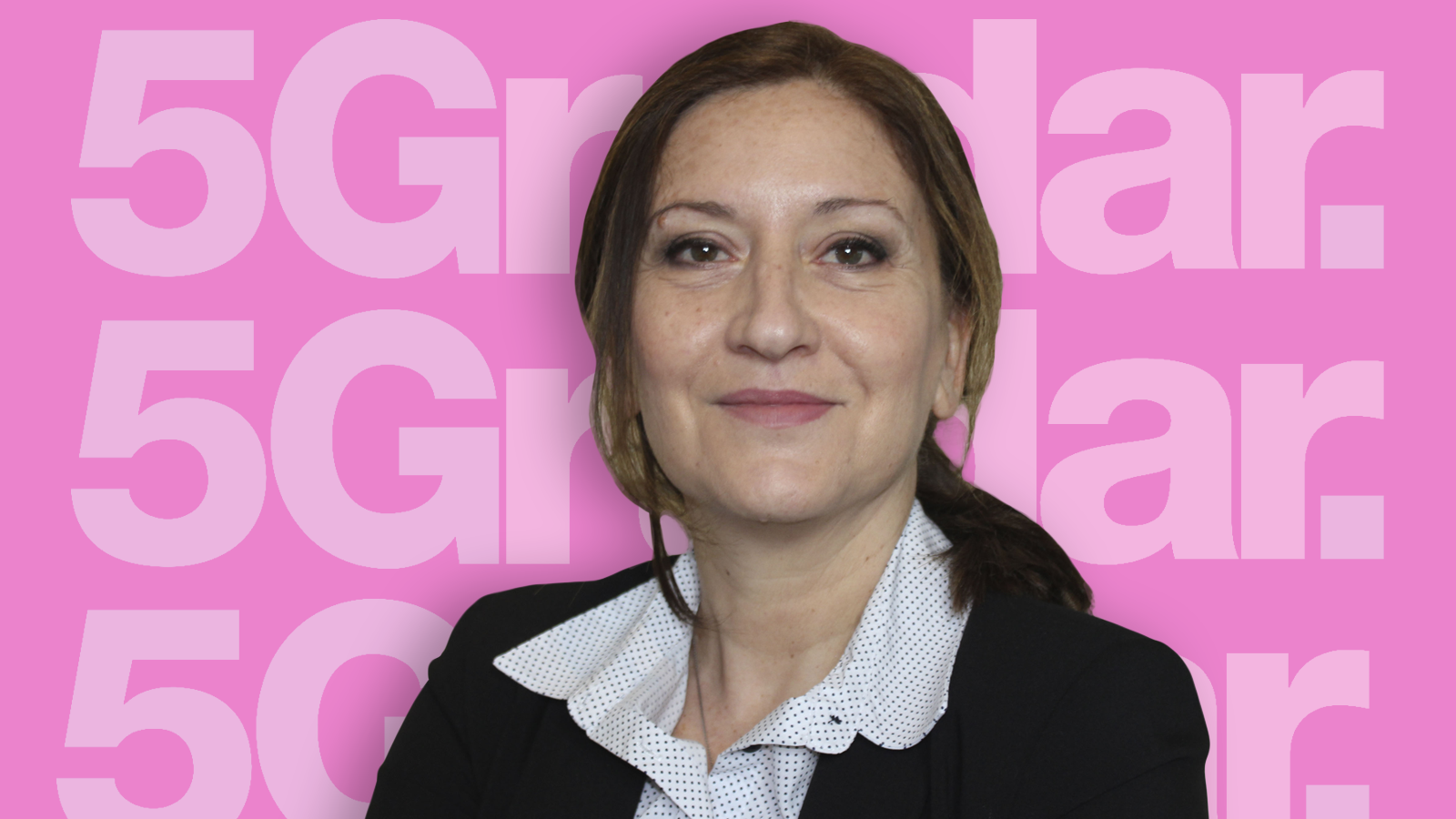Fiber, 5G and the pursuit of a unified infrastructure
Ana Pesovic, Marketing Director for Nokia Fixed Networks, on why 25G PON takes us another step closer to a unified utopia for 5G and residential broadband.

Fiber is quickly becoming the single unifying infrastructure connecting everything and everybody. It’s deployed in nearly every country in the world by traditional telecom operators, alternative operators, cablecos, investors, utility companies, national governments and local municipalities. Leading industry analyst firm Omdia estimates that 70% of all broadband connections will be through fiber by 2026.
The attractiveness of fiber is threefold:
Most fiber broadband in the world today uses GPON (Gigabit Passive Optical Network) technology. But in the last few years, XGS-PON (the “X” stands for 10 Gb/s and the “S” for symmetrical bitrates) has taken off, enabling operators to increase speeds, converge more services on a single fiber infrastructure, and extend connectivity beyond residential broadband to businesses and mobile transport.
Now, though, a new generation of PON technology has come to market: 25G PON. Already deployed by Proximus in Belgium in a live network, 25G PON promises to solve some pressing challenges for both fixed and mobile operators.
The need for (more) speed
Despite many operators only just starting their upgrades to XGS-PON, there are already some compelling arguments for a new tier of fiber capacity.
It’s easy to focus on residential broadband, where demand — though high and accelerating all the time — still only requires hundreds of megabits or sometimes gigabit services. However, we must not forget the applications outside of consumer broadband that are crying out for much greater bandwidth.
For example, there’s increasing reliance on high-bandwidth connectivity by large-scale enterprises. Analysys Mason forecasts a 30% growth in fiber-connected enterprises in the next four years, and for large enterprises, the gold standard they’re after is 10 Gb/s. That can’t actually be delivered by XGS-PON (due to overheads XGS-PON delivers 8.5-9 Gb/s), and 25G PON will be needed.
Get up to speed with 5G, and discover the latest deals, news, and insight!
"With automation on the rise, industries are processing large amounts of data, like high-definition images and videos, which are analyzed in the cloud."
Ana Pesovic.
Broadband is also essential for Industry 4.0, and as such, this area is a key profitability driver for operators, because it creates higher margins through additional product upsell opportunities like LAN, mobile and vertical services. With automation on the rise, industries are processing large amounts of data, like high-definition images and videos, which are analyzed in the cloud to improve design, production, process flows and decision making. These applications are already pushing the 10G capacity limit of XGS-PON.
5G changes everything
And, of course, there is 5G.
The deployment of 5G will deliver a real change compared to LTE, but to succeed, it needs a transport network with much higher capacity and lower latency. And, of course, the transport network needs to be cost-efficient and able to support the massive scale of a 5G network with thousands more 5G small cells.
PON is the technology that delivers that efficiency; especially as we go to mmWave, with its higher speeds but weaker propagation. That’s primarily because PON, in the shape of fiber-to-the-premises (FTTP) networks, already exists where 5G cells are needed most. In addition, PON creates zero additional footprint at the cell site and is future proof. For example, a Nokia Bell Labs study shows that using an existing PON network for 5G transport has 50% lower TCO than alternatives (point-to-point fibre and microwave).
Although XGS-PON could be sufficient for many backhaul and midhaul applications, greater capacity will be needed for 5G fronthaul, and especially for high-density areas with high throughput such as city centers. This greater capacity is delivered by 25G PON.
In 2020, the ITU Telecommunication Standardization Sector started a project to validate if PON technologies were ready for 5G transport, focusing on midhaul and backhaul. And, of course, operators and vendors have been interested as well.
Using PON for 5G transport is a great opportunity for both fixed and converged operators. They can either wholesale fiber to mobile operators as a new revenue opportunity or use it for their own 5G to accelerate deployments and lower costs.
"Perhaps surprisingly, the business case for PON-based 5G transport also works for mobile-only operators without a FTTP network."
Ana Pesovic.
Perhaps surprisingly, the business case for PON-based 5G transport also works for mobile-only operators without a FTTP network, especially if they operate in a fiber-rich market and have 5G mmWave plans that involve cell densification. Their strategy is to lease dark fiber and deploy their own fiber access equipment with XGS-PON or 25G PON and small form factor optical plugs at the cell site. This system works out to be more cost effective than deploying their own single-use, fiber backhaul network.
Why 25G?
You may be wondering how the industry has arrived at 25G PON as the next best step for PON when both 50G and 100G PON have been touted as possible successors. There are several reasons.
To be successful, any new technology must hit that sweet spot between bringing a significant enough advantage at a low enough cost. The experience of the ethernet industry has shown that, in evolving from one generation to the next, a bandwidth capacity boost of 2 to 2.5 times is optimal for commercial success, and 25G PON brings that 2.5 times boost over XGS-PON.
It’s also thanks to the data center world that the price point of 25G PON works. The 100G ethernet technology connecting data centers uses 25G channels, and it’s these massively deployed optical technologies from this mature market that provide the components for 25G PON at an optimal price point. In contrast, 50G and 100G PON require significant technology breakthroughs in signal processing which won’t be available — let alone cost optimized — for many years.
Another advantage of 25G PON over others is that it can co-exist with existing PON technologies on the same platform, the same line card and even the same piece of fiber. This enables operators to deploy 25 PON tactically on their existing network; keeping, for example, GPON or XGS-PON for residential services and businesses, while 25G PON takes care of mobile backhaul and enterprise services.
"Bandwidth demand from enterprises is spiralling with the increasing use of high-definition video and cloud services."
Ana Pesovic.
This leads us to the next point: imminent use cases. Bandwidth demand from enterprises is spiralling with the increasing use of high-definition video and cloud services. The gold standard for business broadband is now 10 Gb/s, which previously could only be delivered by a dedicated point-to-point fiber connection. With 25G PON, an operator can deliver a premium — and highly profitable — business service and have room to spare for the other pressing use case we’ve already discussed: 5G transport.
And, of course, 25G PON is available today. First-mover advantage is a compelling and lucrative play in the broadband world, so those able to quickly adopt 25G PON to deliver premium business, 5G transport and even residential services (with the right split ratios), stand to gain.
Why wait?
Fiber broadband is unstoppable; 25G PON has already arrived, 50G PON will be with us by 2030 and we have even seen the first demo of 100G PON, which will only be a few years behind 50G. Opportunities are here today to tactically deploy 25G PON for 5G transport and business services, and those investments will be future proof, as there is no let-up in demand for higher speeds and greater capacity. Each new generation of PON technology brings us another step closer to the ultimate goal of a unified fiber infrastructure capable of connecting everything and everyone.

Ana Pesovic heads the Fiber Access marketing in Nokia. She built up extensive international telecom experience, with positions in sales, pre-sales and R&D in Germany, Spain, Portugal, Belgium, and India. As member of various industry organizations, she’s a strong advocate of fiber technology.
